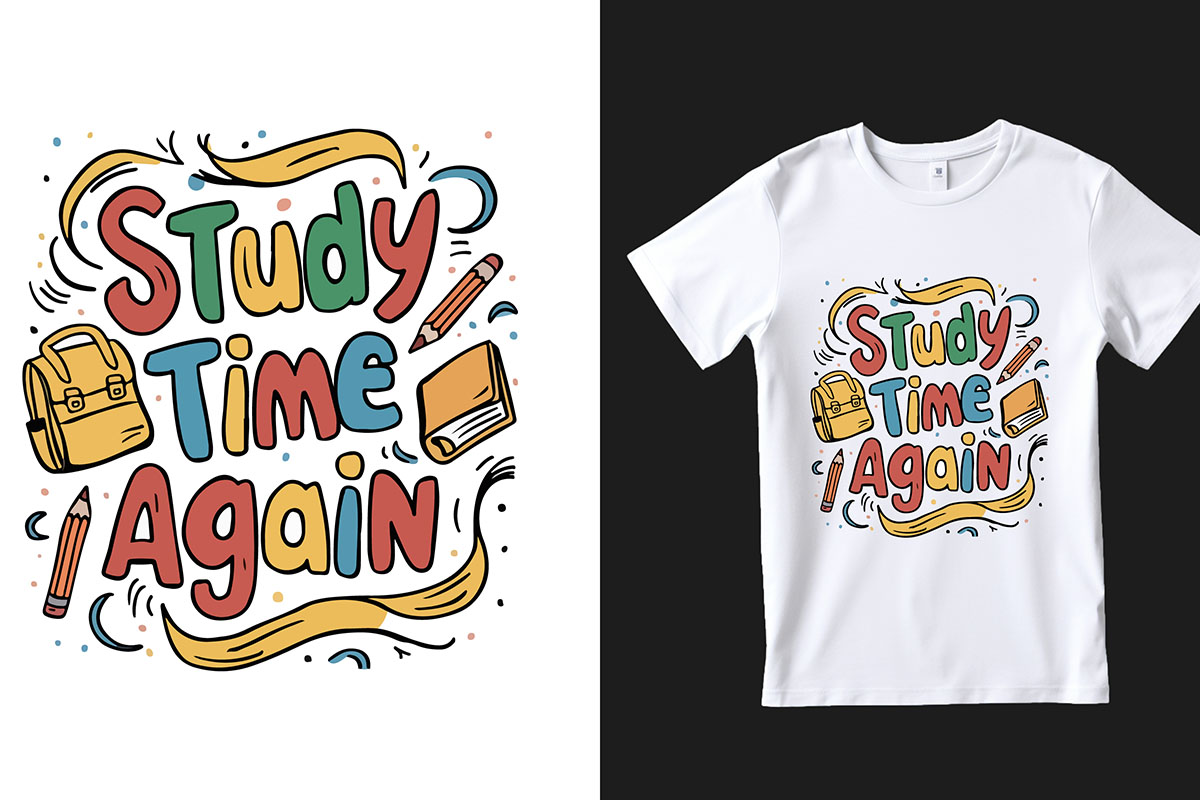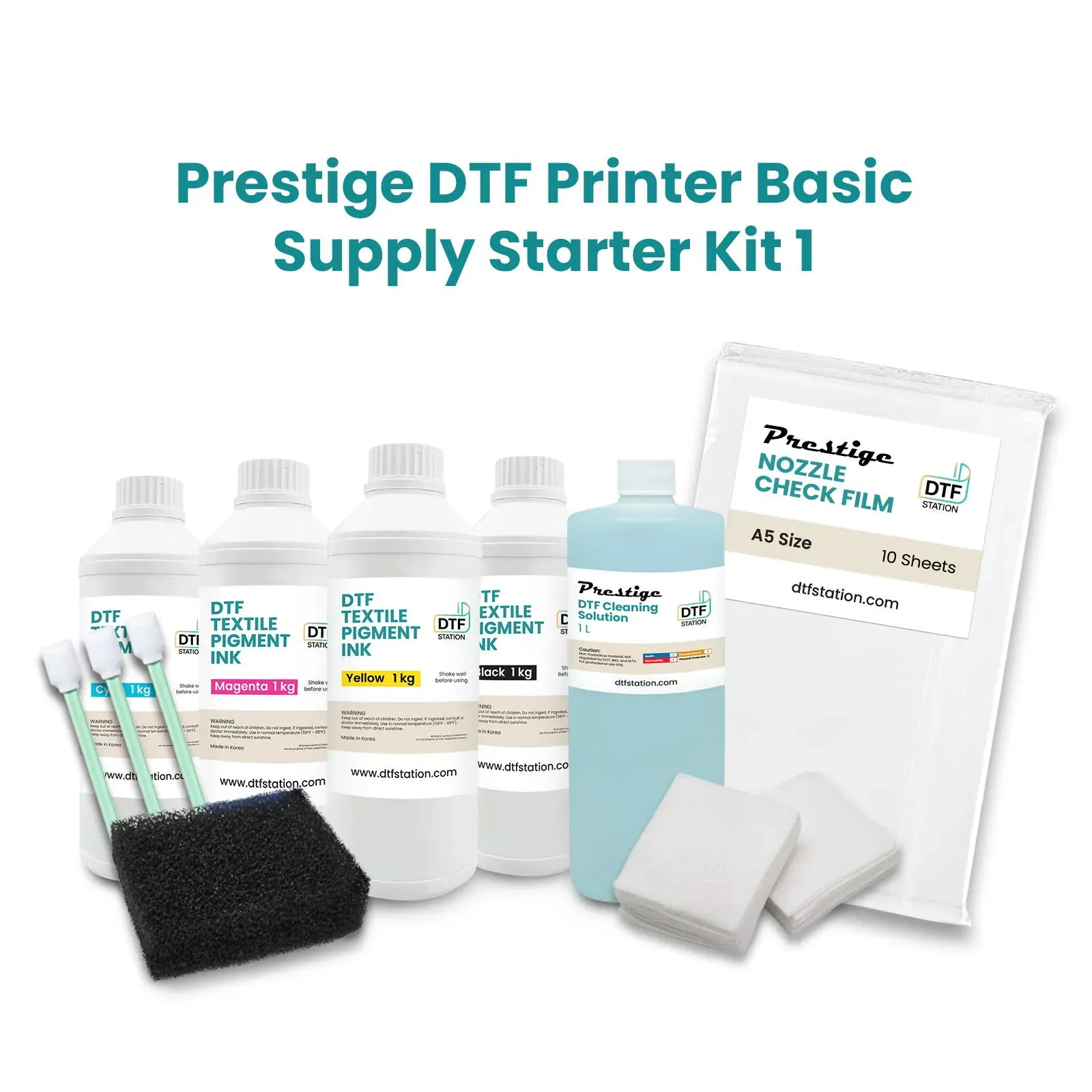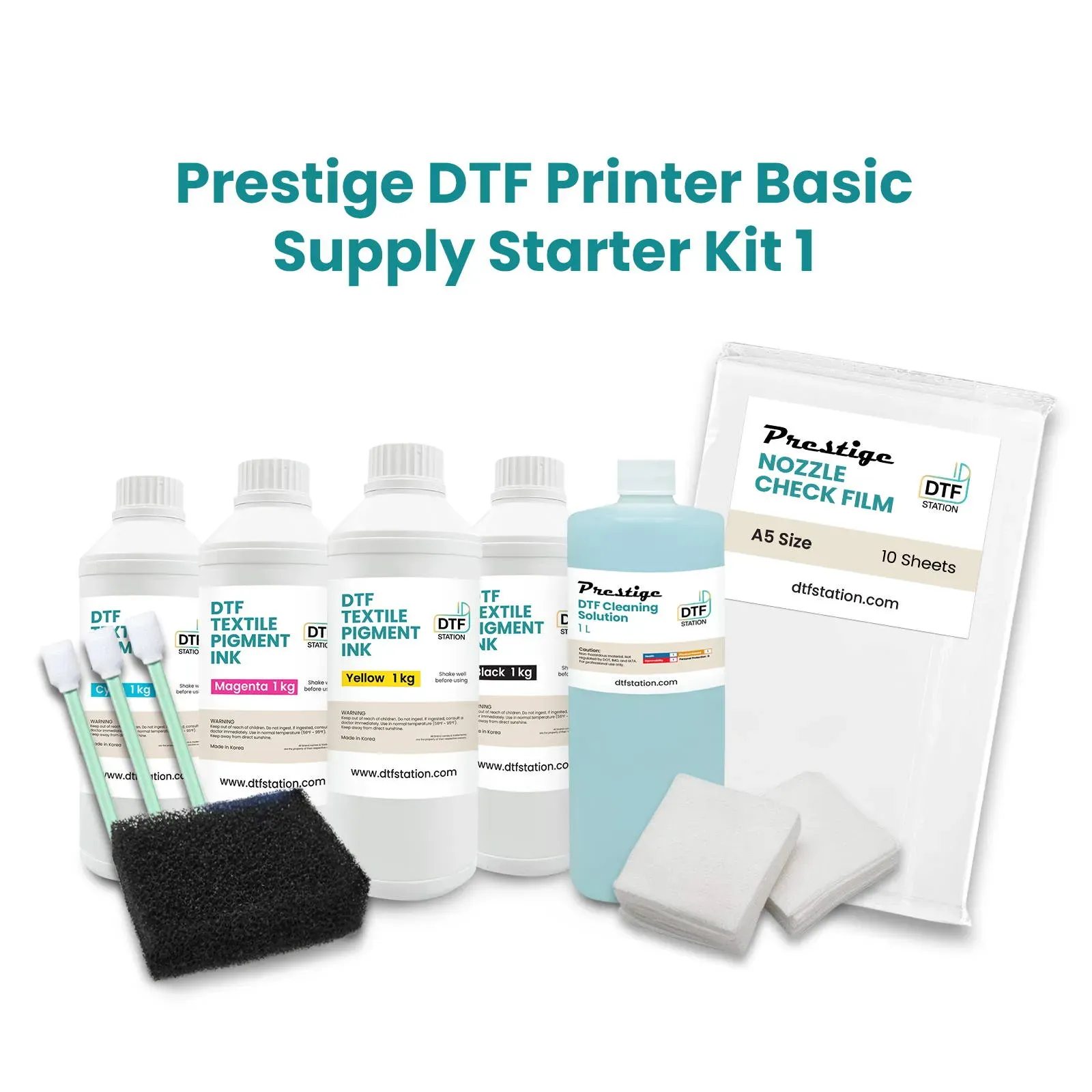DTF Supplies: How to Choose the Best for Your Projects
DTF Supplies are essential components that can significantly enhance your Direct-to-Film printing experience. As you delve into the world of custom apparel creation and fabric printing, understanding how to choose the best DTF supplies is crucial for achieving vibrant and durable results. From high-quality DTF films to reliable inks and printers, selecting the right materials can set you apart in a competitive market. In this guide, we will unravel the intricacies of DTF printing materials, providing you with insights on the best tools and techniques. Whether you are a seasoned professional or just starting out, this DTF printer buying guide will empower you to make informed decisions.
Exploring the landscape of DTF printing can be both an exciting and daunting task, especially when it comes to sourcing the right materials. Direct-to-Film printing, often abbreviated as DTF, utilizes specialized films that allow for vivid color transfers onto a variety of fabrics. Your choice of supplies, including quality DTF films and inks, plays a pivotal role in the end results of your projects. Understanding the nuances of how to select DTF materials can greatly influence the durability and aesthetic appeal of your finished products. This introduction to the essential elements of DTF supplies highlights the importance of quality and compatibility in achieving exceptional printing outcomes.
Understanding DTF Printing: A Comprehensive Overview
Direct-to-Film (DTF) printing is a revolutionary method that stands out for its efficiency and quality. Unlike traditional screen printing, DTF allows for intricate designs to be printed directly onto a special film, which is then applied to the fabric using heat and pressure. This printing process is characterized by vibrant color output and superior durability, making it ideal for custom apparel and promotional items. By leveraging the capabilities of DTF, creators can explore a wider range of materials, from cotton to more synthetic fibers, expanding creativity and product variety.
As a newer technology, DTF printing also benefits from advancements in printing materials which enhance the overall user experience. The ability to transfer designs onto various fabric types without compromising color vibrancy or texture is a significant advantage. With the right understanding of DTF, users can unlock the potential for high-quality prints that are not only visually stunning but also long-lasting. This introductory understanding sets the foundation for making informed decisions when choosing the best DTF supplies.
Key Considerations When Selecting DTF Supplies
Choosing the best DTF supplies involves several critical considerations, beginning with the quality of the printer. Investing in a printer specifically designed for DTF is paramount to achieving high-resolution images and bold colors. Features such as higher DPI settings and dual nozzles not only improve print quality but also ensure efficiency during printing. A robust printer with easy maintenance options will also save time and resources, allowing for consistent print quality across multiple projects.
Equally important is the quality and compatibility of the inks used in the DTF printing process. Selecting high-quality DTF inks that promote strong adhesion and durability can significantly affect the end result. Eco-solvent inks are favored for their reduced odor and environmentally friendly properties. Ensuring that the ink aligns with your printer’s specifications is crucial to avoid operational hiccups that could hinder productivity.
Choosing the Right DTF Printer for Your Needs
When it comes to DTF printers, not all models are created equal. Selecting the right printer involves considering factors such as print speed, resolution, and the technology used in the printing process. Dedicated DTF printers often provide features that optimize the DTF method, allowing users to achieve bright, crisp prints with minimal waste. It’s essential to research the latest models and read reviews from other users to gauge performance and reliability.
Additionally, a printer’s adaptability to different media types can enhance the versatility of your printing capabilities. Look for printers that support a range of DTF films and adhesives, enabling you to experiment with various techniques and materials. This flexibility can result in higher quality products across different printing projects, ensuring you remain competitive in the custom printing market.
Essential DTF Printing Materials: Ink and Film Quality
The quality of DTF printing materials, particularly the ink and film, significantly affects the final product. High-quality DTF films are essential for achieving the desired transfer results. These films enhance ink adhesion, which results in vibrant colors and a softer feel on the fabric. Reputable brands offer reliable films such as PET that have proven effective in the DTF printing process, making it easier to achieve consistent results.
On the other hand, the right DTF adhesive powder plays a crucial role in ensuring that the prints adhere well and withstand multiple washes. Selecting a powder that melts effectively and adheres seamlessly to various fabrics will ultimately lead to improved durability and quality of the final prints. Understanding these aspects of DTF supplies allows you to make better purchasing decisions and enhance your project outcomes.
Exploring DTF Textile Compatibility
Not all fabrics are equally compatible with DTF printing, which makes fabric selection a vital step in the printing process. The ideal fabrics for DTF printing typically include 100% cotton and polyester blends due to their ability to interact favorably with the DTF ink and film. Conducting test prints on different fabric types can help determine the best substrates for your designs, ensuring that color vibrancy and transfer longevity meet your expectations.
Moreover, considering how the fabric’s texture and composition affect the final print is essential. Fabrics with a smoother texture usually yield better results, while heavily textured materials might pose challenges in achieving clean transfers. By being mindful of fabric choices and testing them with your DTF setup, you can enhance the quality and appearance of your printed items.
Finding Reputable Suppliers for Your DTF Needs
When it comes to sourcing high-quality DTF supplies, choosing reputable suppliers can make all the difference in your printing journey. Research is key—look for suppliers who have extensive experience in the DTF printing realm and who provide not only materials but also valuable insights and support to their customers. Their knowledge can guide you towards making informed choices about inks, films, and equipment that suit your specific needs.
Additionally, reviews and community feedback can help identify the suppliers who are best known for their quality DTF supplies. Engaging with online forums and printing communities is an excellent way to gather recommendations and discover reliable vendors. By aligning with trustworthy suppliers, you’ll have access to materials that enhance your projects’ quality, thus paving the path to success in your DTF printing endeavors.
Frequently Asked Questions
What are the best DTF supplies for high-quality printing?
When searching for the best DTF supplies, consider high-quality DTF films, eco-friendly inks, and reliable heat presses. Brands known for their durability and vibrant color reproduction, like Teflon films and specific DTF inks, can make a significant difference in your printing results.
How to choose the right DTF printing materials for my projects?
Choosing the right DTF printing materials involves evaluating the fabric type, ensuring compatibility with your printer, and selecting high-quality inks and films. Always perform test prints on various textiles to determine the best combinations for optimal results.
What should I look for in a DTF printer buying guide?
In a DTF printer buying guide, focus on printer resolution, brand reputation, ease of maintenance, and the ability to handle specific inks and films. Look for printers optimized for DTF printing that offer features like dual nozzles and adjustable DPI settings.
What type of quality DTF films should I use for vibrant printing?
For vibrant printing, use high-quality DTF films with strong adhesion properties, such as PET films. These films greatly enhance ink binding and result in soft, durable transfers that can withstand multiple washes.
What are the best practices for using DTF inks?
The best practices for using DTF inks include selecting high-quality inks compatible with your printer and ensuring proper storage to prevent clogs. Eco-solvent inks are recommended for their low odor and durability, making them suitable for a variety of fabrics.
Why is supplier reputation important when purchasing DTF supplies?
Supplier reputation is crucial when purchasing DTF supplies because it ensures you receive high-quality materials and reliable customer support. Reputable suppliers often offer valuable industry insights, helping you avoid inferior products that can affect your printing quality.
| Key Factors | Description |
|---|---|
| Printer Quality | Choose a printer designed for DTF with high resolution and maintenance features. |
| Ink Selection | Opt for high-quality, compatible DTF inks for best adhesion and durability. |
| Film and Adhesive | Use high-quality films and adhesives that enhance transfer longevity and feel. |
| Textile Compatibility | Test on various fabrics, preferably cotton and polyester blends for best results. |
| Accessories and Tools | Invest in a reliable heat press and maintenance tools for optimal operation. |
| Supplier Reputation | Choose reputable suppliers with good reviews and customer support. |
Summary
DTF Supplies are pivotal in achieving high-quality results in the realm of custom printing. Selecting the right supplies—including printers, inks, films, and adhesives—ensures that your projects stand out with vibrant colors and durability. A successful DTF printing venture hinges on understanding these key components and sourcing materials from reputable suppliers. By keeping an eye on the latest industry advancements and maintaining good relationships within the printing community, you will enhance your skills and the overall quality of your printed items. Ultimately, investing time and resources into choosing the best DTF supplies will pay off, leading to exceptional results in every project.






